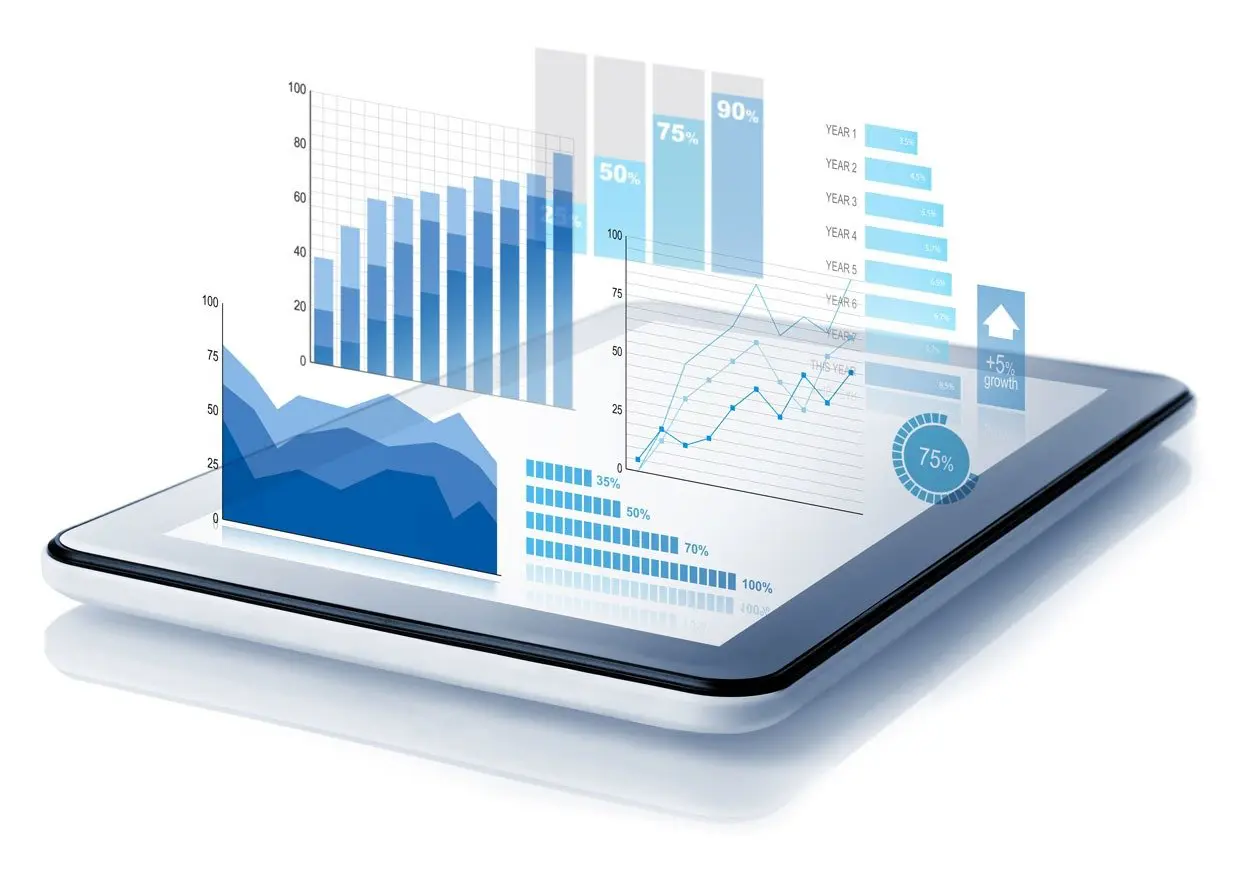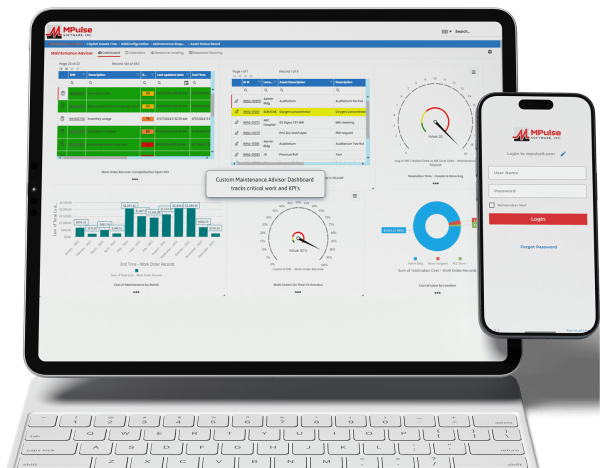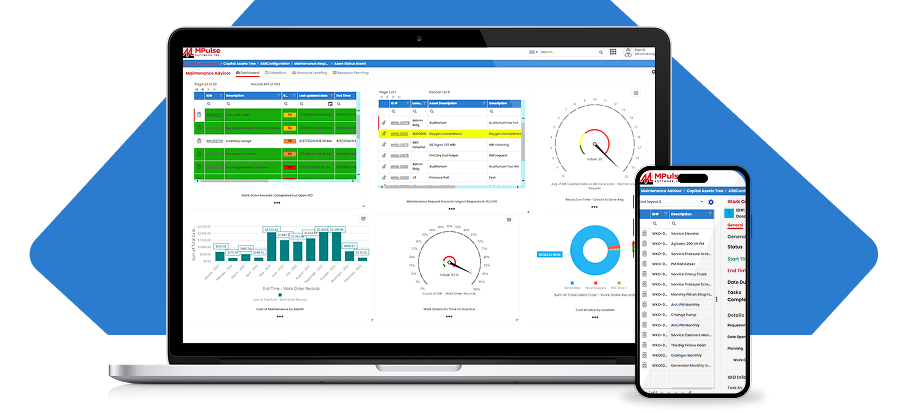Maintenance managers know unexpected tasks pop up. These days, those unexpected tasks come not just from the plant floor or the field, but from the management team.
A long-time MPulse customer, Glen, experienced this phenomenon when his managers asked him to analyze the labor costs for his maintenance team of ten people. His company’s accounting folks had noticed the maintenance team’s overtime costs were steadily increasing over time.
“I was surprised when they showed me the numbers,” Glen told me. “Overtime pay was increasing so slowly, I didn’t notice how much extra time my team was putting in. It simply became part of our work week because it had to get done.”
Table of Contents
CMMS Software Has the Answers
One of CMMS data’s most powerful benefits is maintenance managers can answer questions they never dreamed they’d need to ask when they starting using the software. That flexibility is invaluable in our ever-changing, modern maintenance world.
CMMS software helps maintenance managers accurately estimate labor hours for both repair and preventive maintenance (PM) tasks, so they can balance staffing levels and the workload as well as reduce overtime costs. CMMS reports also can determine when it’s more efficient to add more staff members instead of paying current employees more overtime.
Using his CMMS data, Glen charted out the time his maintenance techs spent on jobs. The data was clear—each team member was averaging 3‒4 overtime hours per week. With a little information from human resources, he calculated his company could save about 40% of their current overtime costs by hiring another full-time maintenance technician.
Gold Mine of Maintenance Data
Glen never imagined he would need this kind of data when he implemented his MPulse Software, Inc. But the steady collection of maintenance data over time meant it was available when he needed it. And his data’s value will keep growing with every work order or parts purchase.
Interestingly, Glen didn’t stop with that first analysis. He also used his CMMS data to determine which employees were most efficient at which tasks, enabling him to balance the workload. By tracking repair times, he also created benchmarks for the team. Then he identified areas where his team needed more training or when it might be more efficient to outsource the repair.
“I was sitting on a gold mine,” Glen told me. “All this fantastic information was in my maintenance software, and all I needed to do was ask the right questions.”
Start mining your own CMMS gold. Contact us to get started.






